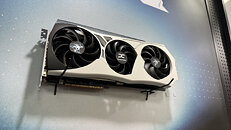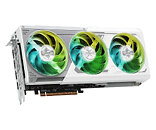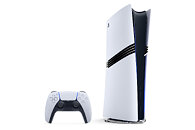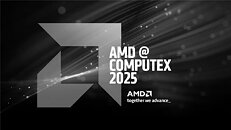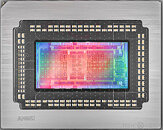
NVIDIA GeForce RTX 50-series GPUs Make a Dent in Latest Steam Hardware Survey
NVIDIA's freshly completed GeForce RTX 50 family, powered by the new Blackwell architecture, has begun to register meaningful numbers in Steam's June 2025 Hardware Survey. Since first appearing in May, cards from this lineup, except for the as-yet-unavailable RTX 5050, now account for 3.69% of surveyed systems. Leading the pack among the newcomers, the RTX 5070 grabs nearly 1% of overall share, up substantially from its debut, while the RTX 5080 and RTX 5070 Ti follow closely behind. The more budget‑oriented RTX 5060 Ti and RTX 5060 have also made their mark, and even the top‑end RTX 5090 has registered on enough machines to appear in the survey.
These figures show a swift uptake by desktop gamers eager for improved performance and AI-driven features, even as the tried-and-true RTX 4060 Laptop GPU holds onto its position as the most prevalent NVIDIA part, with just under 5% of the installed base. Meanwhile, AMD's latest Radeon RX 9000 series and Intel's Arc B‑series remain absent from the survey results, suggesting that shipment volumes for those cards have not yet reached the critical mass needed to register with Valve's monthly sampling of millions of Steam users. This demonstrates NVIDIA's continued dominance in add-in board sales, where it has consistently captured over 90% of the market.
These figures show a swift uptake by desktop gamers eager for improved performance and AI-driven features, even as the tried-and-true RTX 4060 Laptop GPU holds onto its position as the most prevalent NVIDIA part, with just under 5% of the installed base. Meanwhile, AMD's latest Radeon RX 9000 series and Intel's Arc B‑series remain absent from the survey results, suggesting that shipment volumes for those cards have not yet reached the critical mass needed to register with Valve's monthly sampling of millions of Steam users. This demonstrates NVIDIA's continued dominance in add-in board sales, where it has consistently captured over 90% of the market.









































